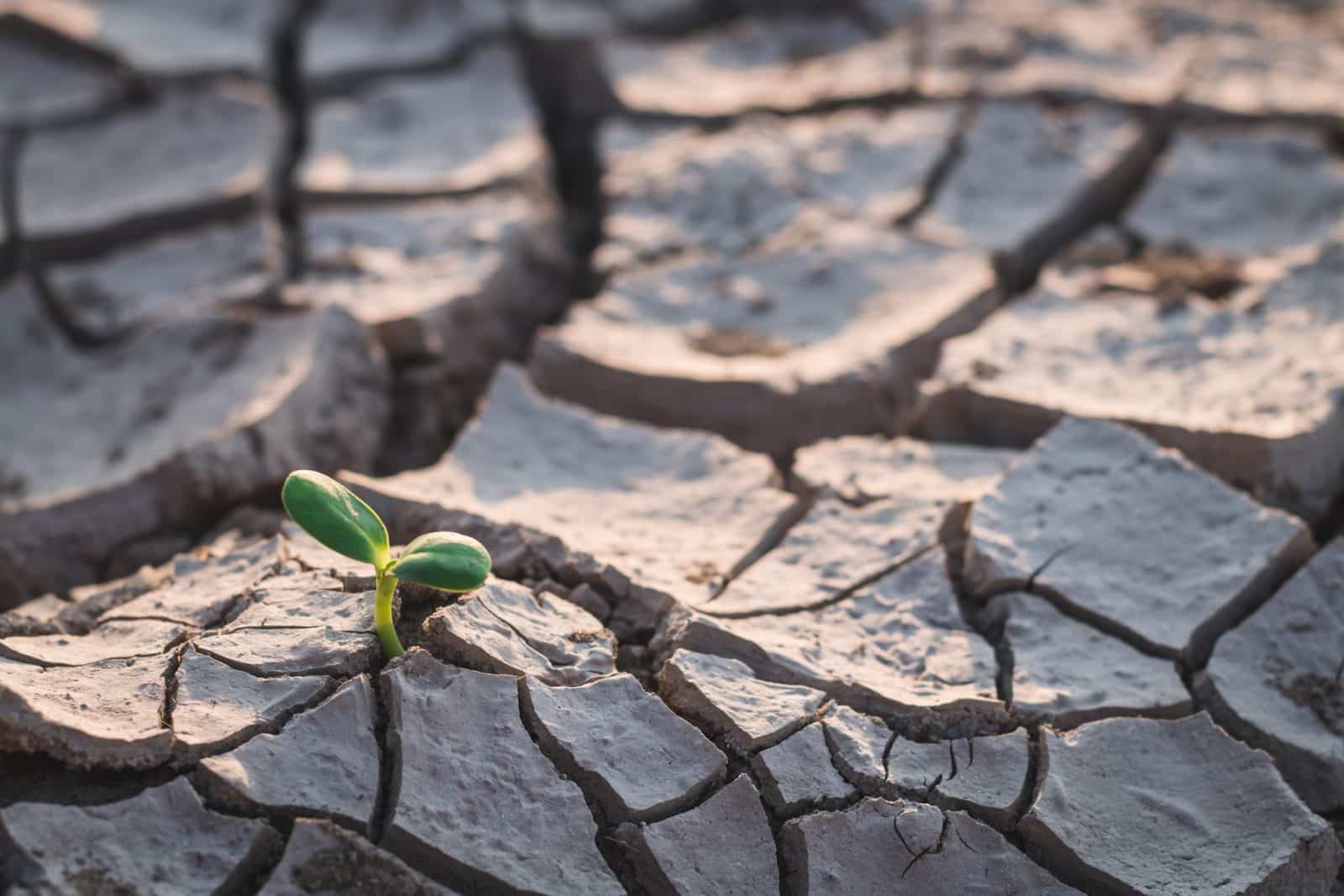As drought continued to spread across the Midwest, particularly in the more western areas such as Kansas, Nebraska, Iowa and Texas, breeders are looking to tackle the question: are there any ways to help create good, all-around genetics that can better withstand drought?
“It’s been a really strong year of both high temperatures, especially around pollination and after, coupled with the lack of rain,” says Mike Popelka, hybrid product breeders manager for AgReliant Genetics. “We’re seeing a lot of stress this year in plots and in producers’ fields as we drive by.”
Though a tough year with high temperatures and drought is tough on a grower, for a breeder, it’s a gift to see how stress affects crops.
“As breeders, our most effective tool is selection,” he says. “We need to take advantage of a year like this — one that presents us with a lot of environments where stress is prevalent to make sure that we advance the hybrids that have really good performance under this type of stress.”

In addition, that means weeding out genetics that perform poorly throughout the year, whether it’s zipper ears, issues with pollination or overall lower yield under those conditions.
But, to really choose the best performers, management styles have to be considered as well.
“You have to keep in mind if it was a high population or low population,” Popelka says.
More importantly, though, is looking for stability within a hybrid. While it might be beneficial to solely look for drought tolerance, it’s not the only thing you’re going to see in a year.
“How often do you see drought environments in most of the Corn Belt?” Popelka asks. “It hasn’t been very prevalent the last few years, and 2012 was the last big drought year we had compared to this year. In breeding, what you’re looking for is stability — you want hybrids that do well at high yield and hybrids that do well at low yield.”
Testing that stability comes with plenty of environment testing across the U.S. On a year like this, the integrity and uniformity of trials can be tested.
“Any variation in the field — whether it’s soil variation, irrigation equipment failures, etc. — is going to show up in the data. If your locations are uniform, that’s going to give you higher quality data,” he says. “That’s key under stress — ensuring data is uniform.”
From there, double checking stability is the next step. Ensuring that you aren’t seeing a large amount of tipback or unpollinated ears is important, as you want to see corn looking consistent across the row, especially in drought and heat stress. During difficult years, consistency is key in trials.
“Again, selection is the greatest tool a breeder has,” Popelka says. “We’ve had it for hundreds of years, and it works really well — selecting the best hybrids under these environments will always give you an improved genetic base.”
Make sure to read part one about how drought is affecting early harvest.
Want to read more? Visit:
As a Drought Looms Over Harvest, How’s Yield Performance?
Will Soybeans Take Over Corn? Experts Say No
Irrigation Stewardship Can Help Fight Droughts
As Summer Comes to a Close, Farmers Face Drought and Production Challenges











